In the frame of Eurobike, THOK presents the first running prototype of full suspended e-mtb printed in 3D.
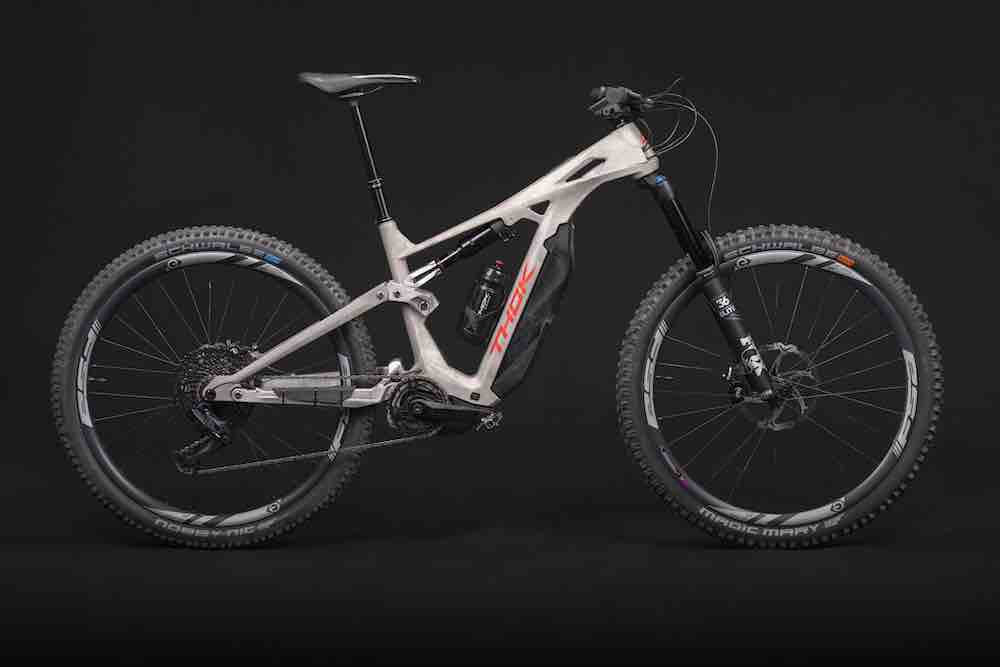 THOK presents the first running prototype of a full suspended 3D printed e mtb, press office source
THOK presents the first running prototype of a full suspended 3D printed e mtb, press office source
The first working 3D printed prototype
THOK E-Bikes presents Project4 made with 3D printing process. It is the first time ever that a fully usable prototype of dual suspension e-mtb.
The double novelty
Not only the development technology constitutes an absolute world first for this type of project. Even the final product will be something that has never been seen in the THOK catalogue.
A light-emtb, equipped with the brand new Bosch SX motor and the possibility of using batteries of different capacities.
The final bicycle will be produced in carbon fiber. However, making prototypes with this material would be time-consuming and expensive. With this technology, anything imagined in carbon can be prototyped in aluminum.
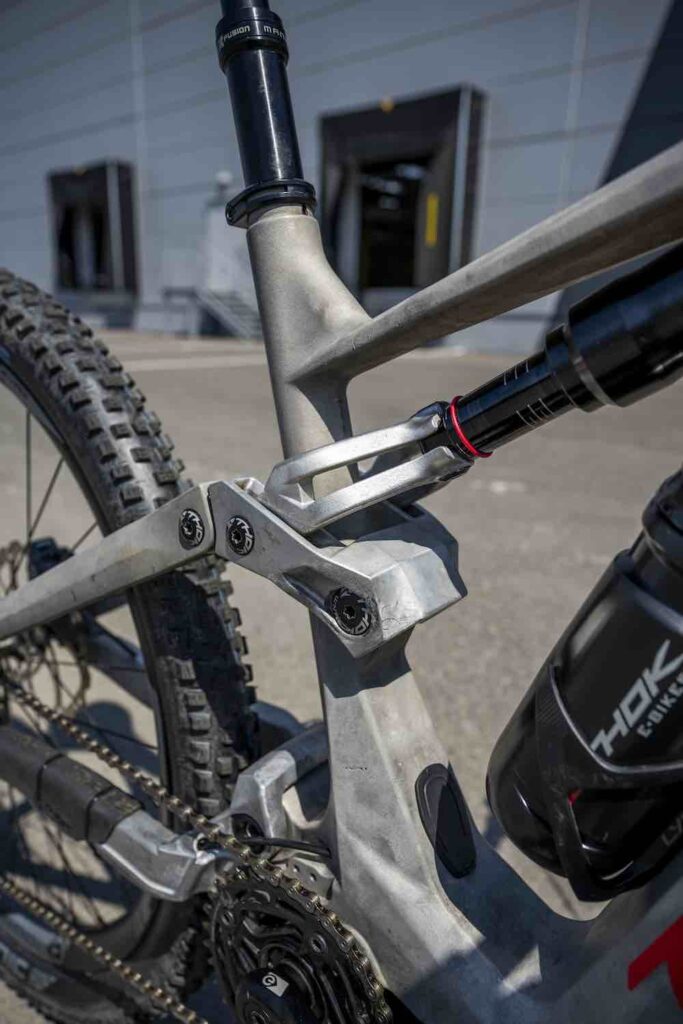
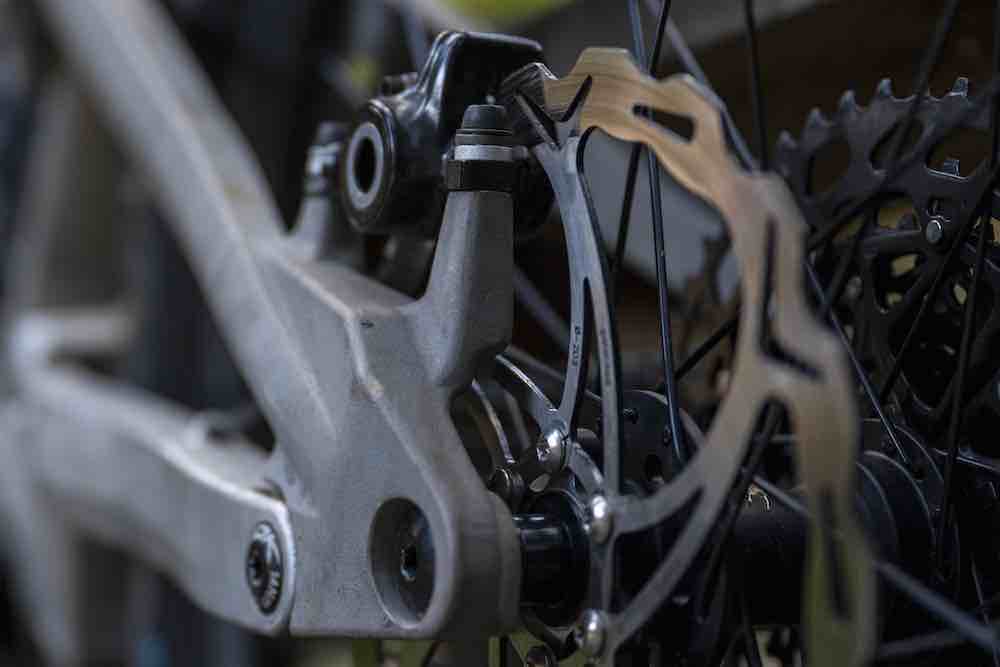
The benefit of protyping
The benefit of rapid prototyping with 3D printing is the ability to field test geometries and setups. By making adjustments and design changes on the experimental models with very fast times.
Here the Amazon Prime offers, discover all the advantages with 30 days of free use
THOK has an excellent travel companion: Materialise. Belgian company with offices in 20 countries around the world. And specialization in 3D printing for aerospace, automotive and medical industries.
The technology is the Selective Laser Melting (SLM). It’s about a additive manufacturing procedure that uses lasers to melt metal powder.
A future to write
The future of 3D printing is yet to be written, but the experimentation done by THOK and Materialize is a pioneering chapter in this story. The request for some patents is not excluded.
The new e-bike, in addition to marking THOK’s entry into the light e-mtb sector, will offer great battery modulation (400 Wh, 500 Wh, 625Wh, 750 Wh, plus 250 Wh range extender). The launch of the new product will probably take place in 2024.
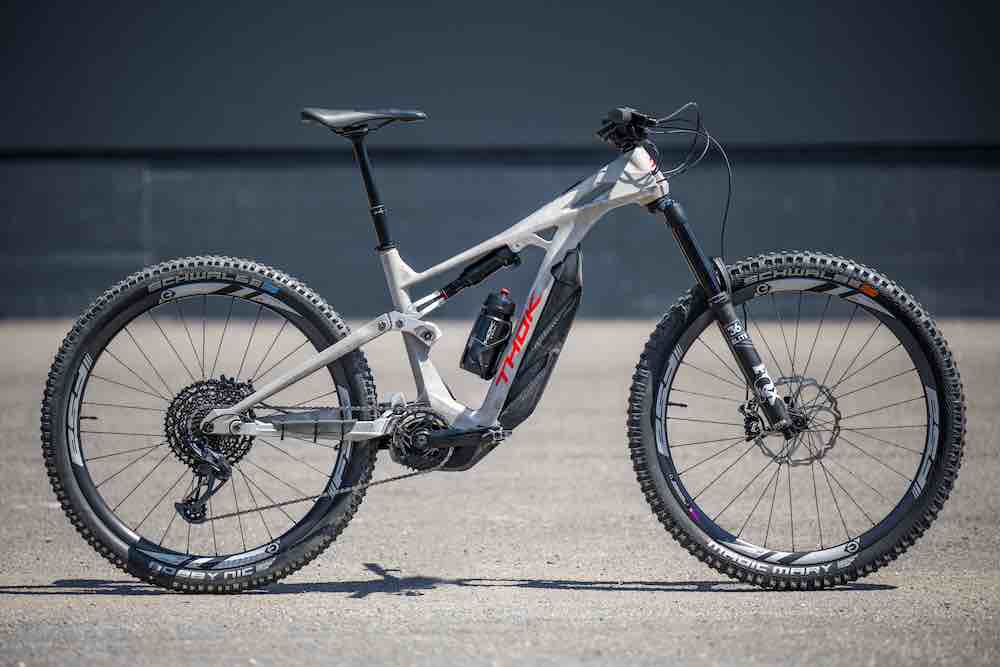
Advantages and difficulties
The purpose of rapid prototyping with 3D printing is to produce working models, which allow you to test geometry, suspension and component integration. The Selective Laser Melting allows you to create fairly light pieces to simulate the weights and behaviors in the desired material, in this case the carbon fiber.
The challenge
«In the past we carried out successive revisions of the project, no less than three chassis prototypes destined for study before creating the first running model. With the THOK P4, the first revision is already a model with the typical thicknesses and distances of carbon fibre, produced to be assembled and above all pedaled with a feeling very close to the definitive bike”, explains the CEO of THOK Stefano Migliorini.
This challenge has presented THOK and Materialize with challenges they have never faced before and it was a training ground for both: as regards the interaction of metal stamped parts, the machining of the kinematic seats and the interfaces with the components.
Simon Cinnamon, Business Development Manager at Materialize explains that the project with THOK has allowed them to extend their expertise in the bicycle industry and with metal 3D printing to a new level. This collaboration gave the opportunity to refine metal additive manufacturing skills to find answers to the precise requests of the Italian brand. The future of 3D printing has yet to be written, but the experimentation carried out by THOK and Materialize is a fundamental chapter in this story that will bring innovation to the benefit of the entire global e-bike industry sector.






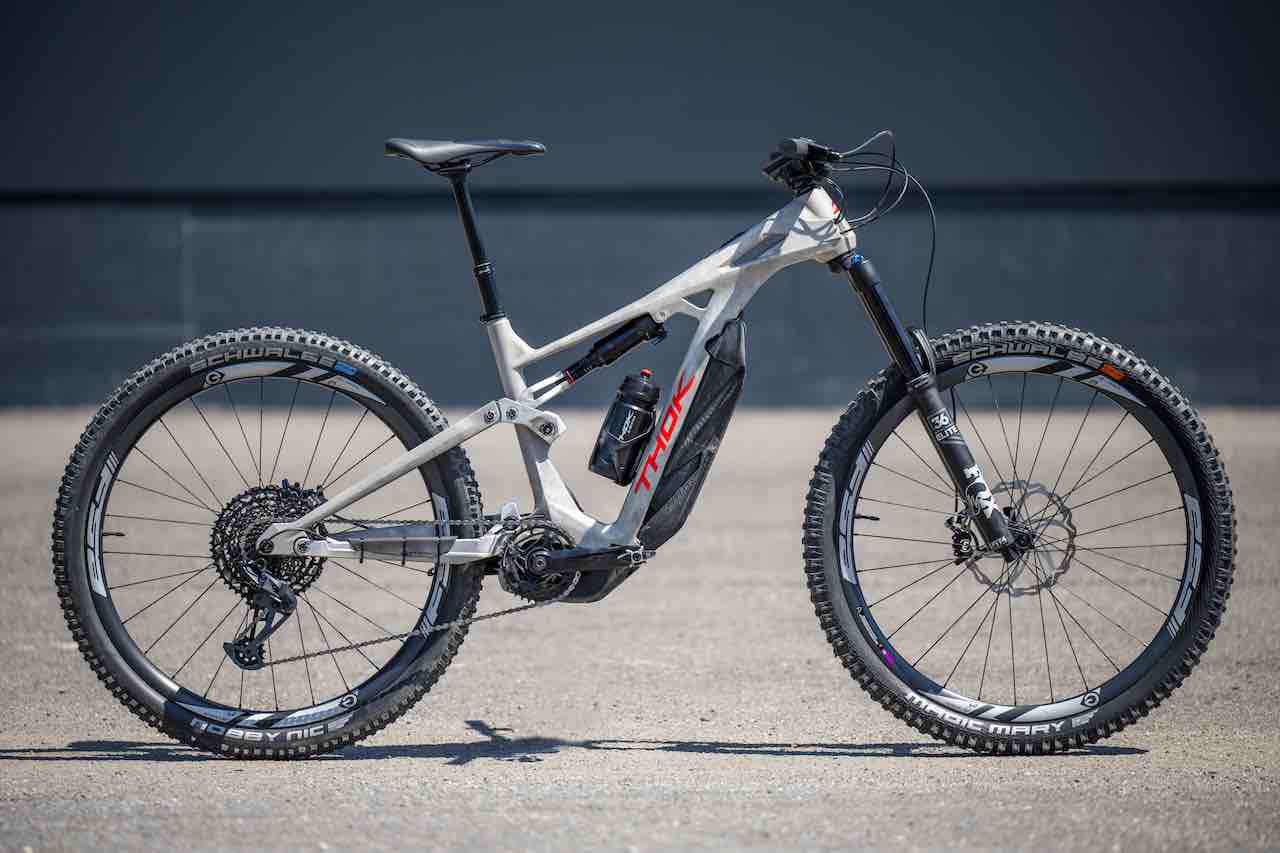









Leave a Reply
View Comments